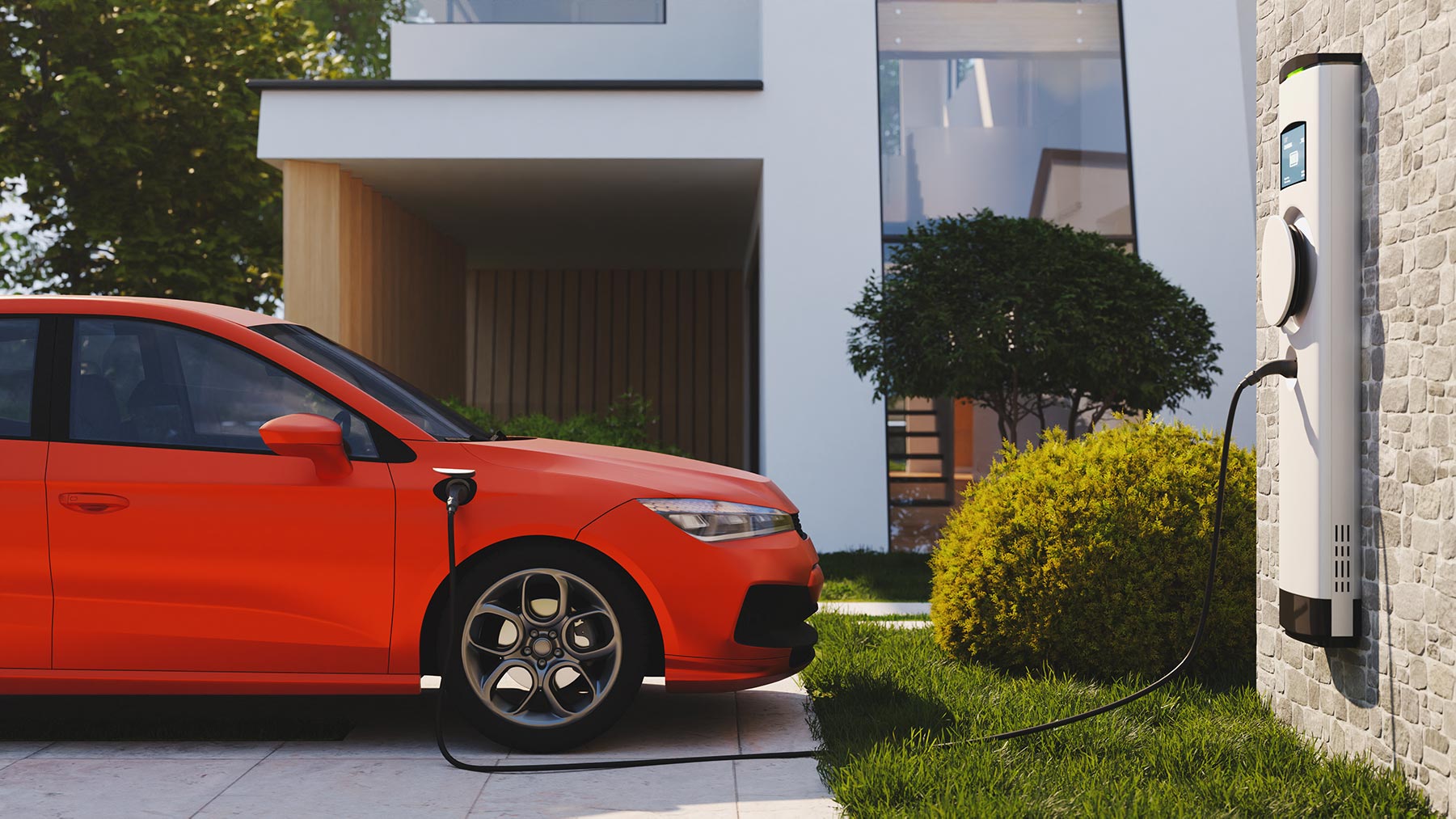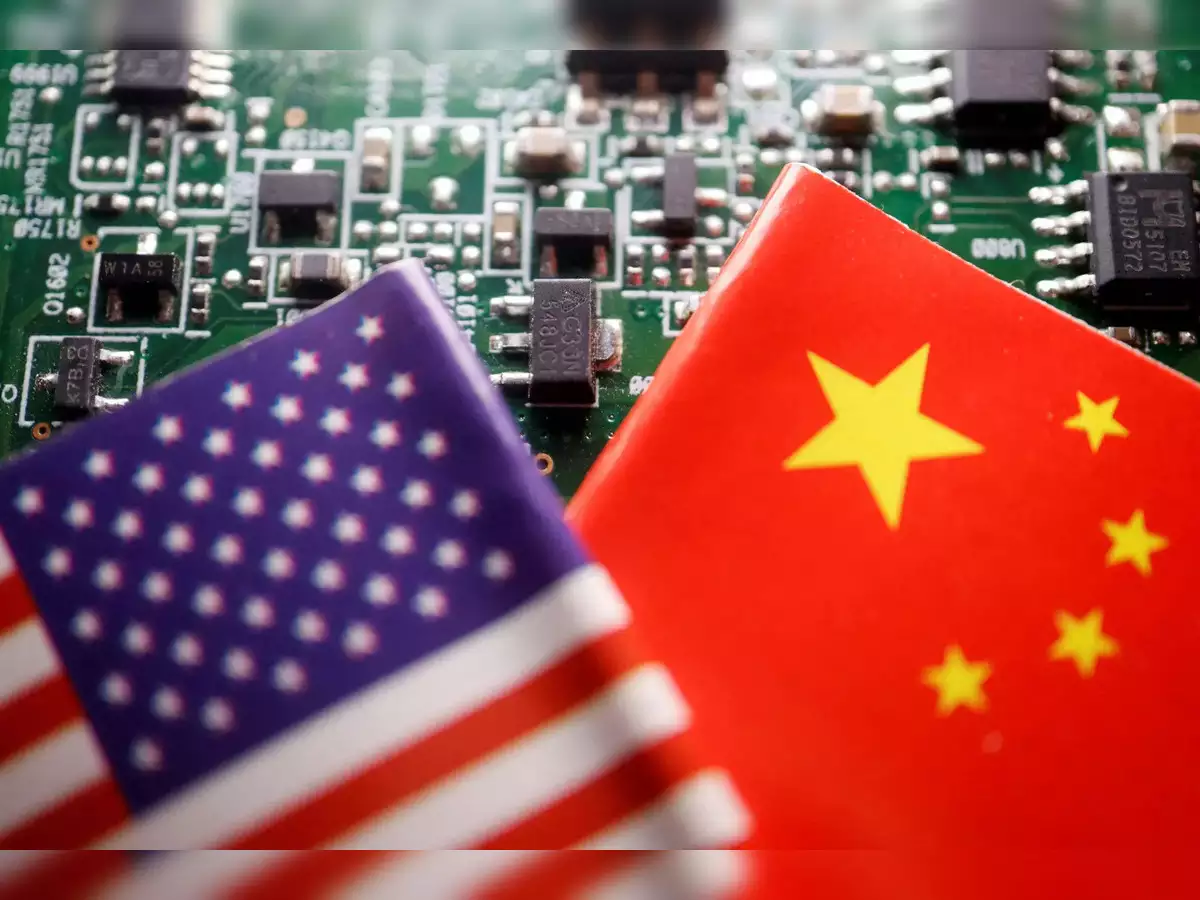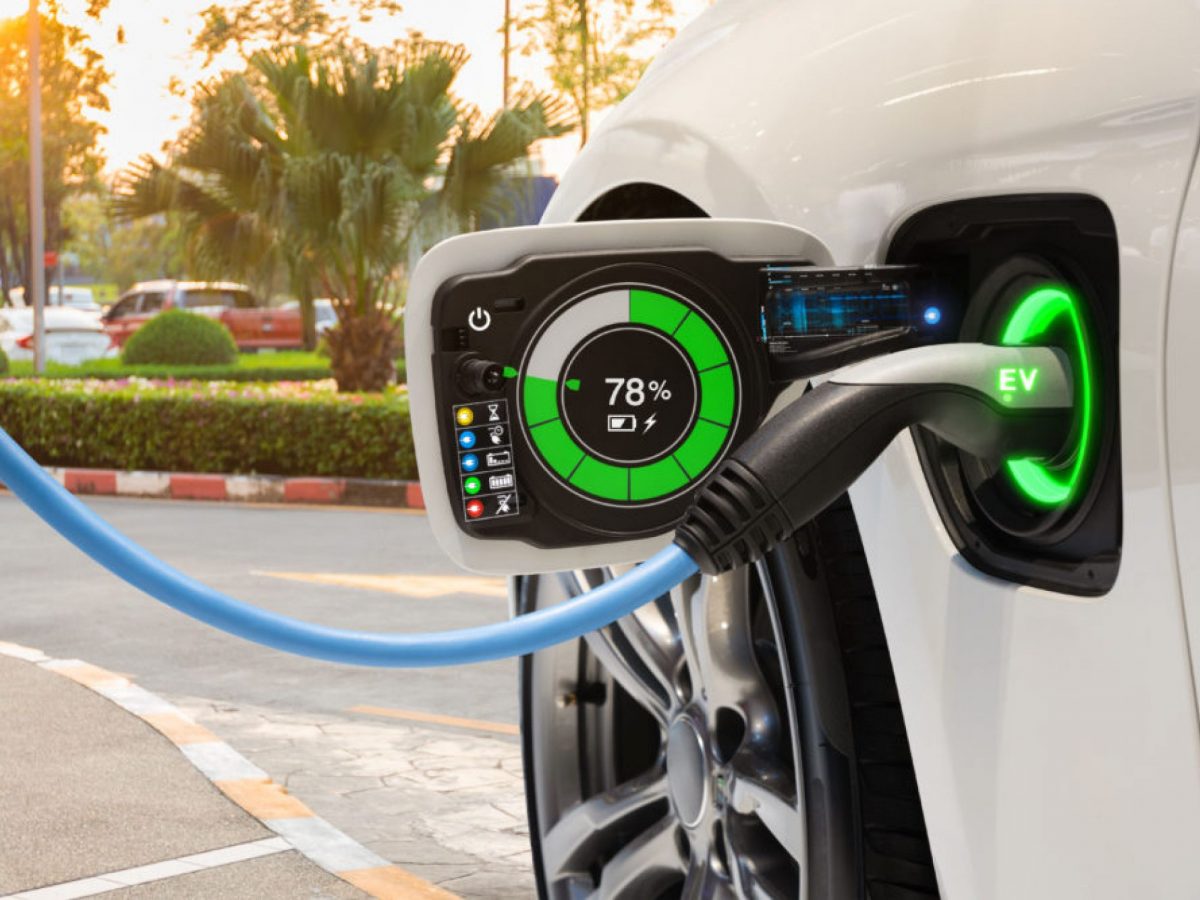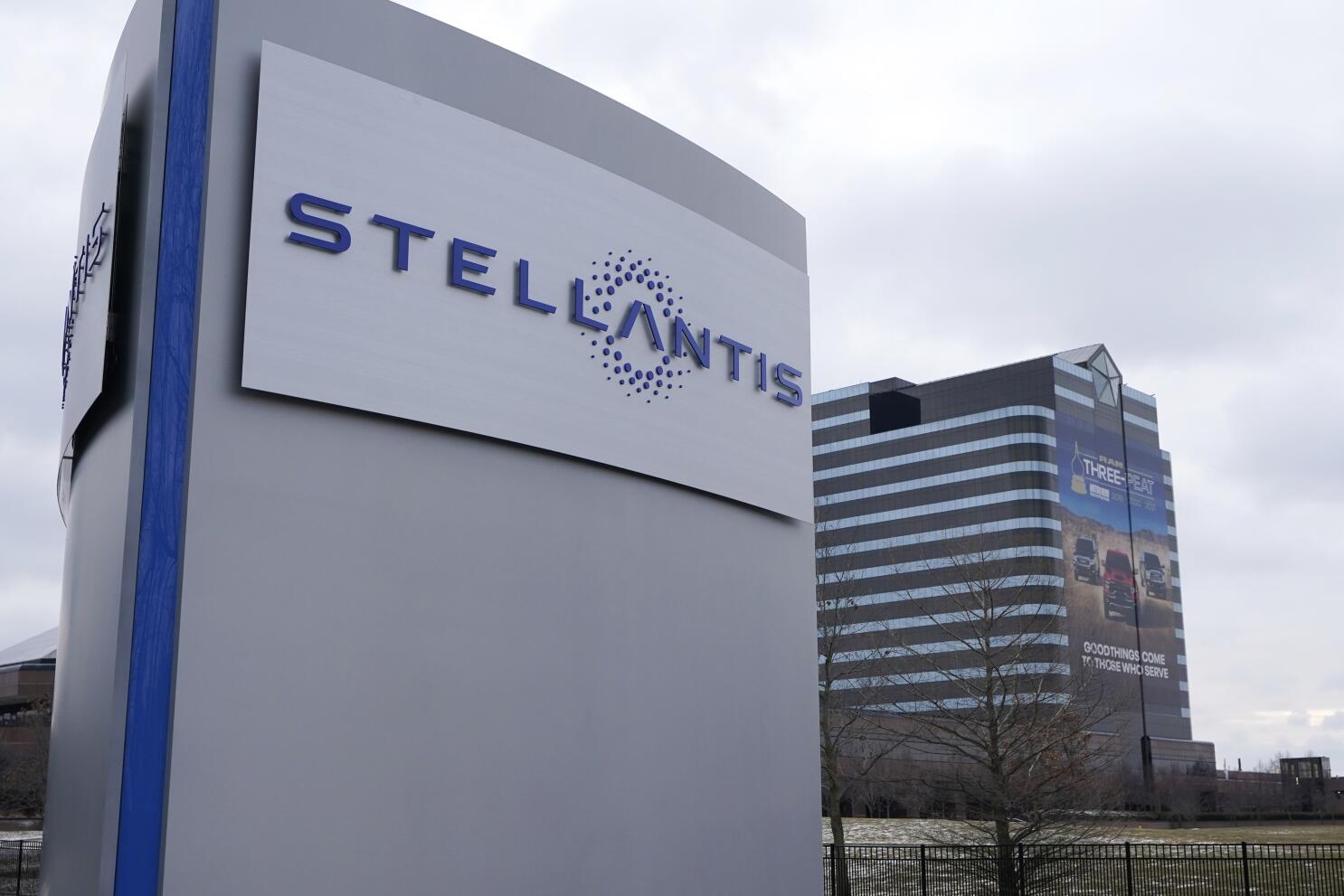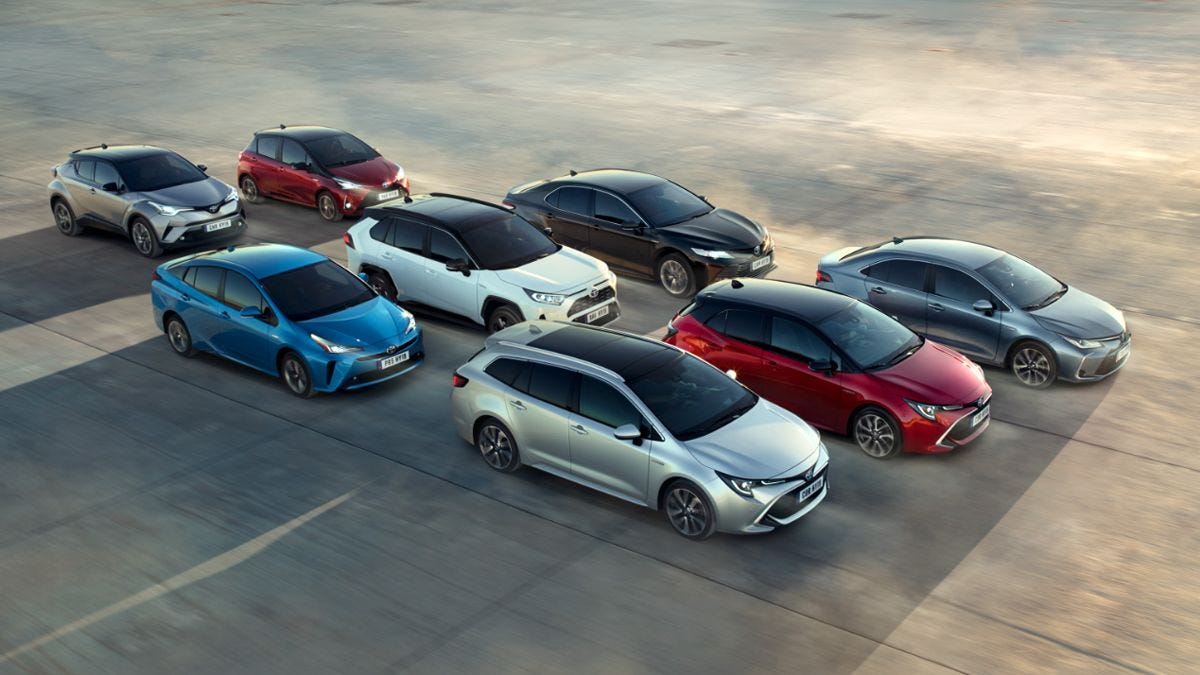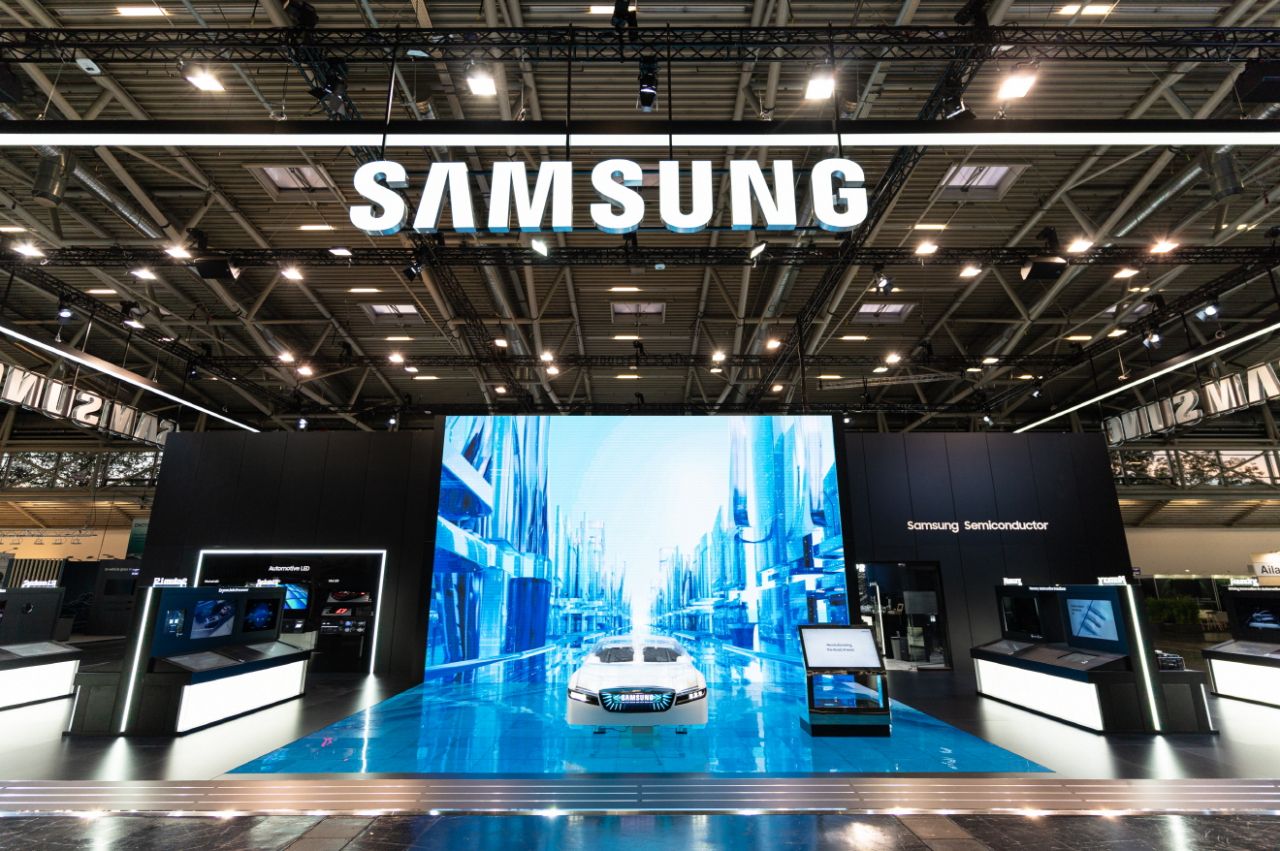The Surprising Growth of EV Sales in the US
Despite recent headlines painting a picture of a struggling electric vehicle (EV) industry in the US, the truth is quite the opposite. EV sales in the country have actually seen a remarkable 50% increase in the third quarter compared to the previous year, outpacing sales in any other automotive segment. In fact, total sales are predicted to surpass 1 million for the first time in history.
Key Takeaway
EV sales in the US are thriving, with a 50% increase in the third quarter compared to the previous year. Around 67% of US citizens are open to buying an EV, recognizing their societal and personal benefits. This indicates a strong demand for EVs in the country.
According to S&P Global Mobility, approximately 67% of US citizens are open to buying an EV, recognizing the numerous advantages they offer on both societal and personal levels. From creating jobs and reducing dependence on foreign fossil fuels to combating climate change, EVs are becoming increasingly appealing to consumers who also appreciate their lower maintenance requirements, freedom from fluctuating gas prices, and enjoyable driving experience.
The Need for the US to Catch Up in the Global EV Race
Although the US is experiencing significant growth in EV sales, it still lags behind in the global competition. Some even argue for a slowdown in adopting EVs, but this would only result in the US producing fewer EVs, thus leading to fewer job opportunities. The economic impact of such a decision cannot be ignored.
Several crucial factors tip the scales in favor of countries leading in the EV race, including competitive prices, a well-established charging infrastructure, diverse consumer choice, and a strong domestic supply chain. Simply focusing on consumer demand without addressing these broader ecosystem aspects is insufficient. The US must wholeheartedly embrace EVs and actively foster an environment that supports their adoption.
Looking at the global market, it becomes evident that EVs are gaining traction. The Tesla Model Y, for example, is not only the best-selling electric car but the best-selling car overall in the world. In Europe, 21.6% of all new vehicle registrations in 2022 were EVs, while in China, 50% of consumers expressed a likelihood of purchasing an EV as their next vehicle. In the US, EVs accounted for 5% of new car sales in January 2023, and that number increased to 7% by September.
Unfortunately, the US finds itself playing catch-up due to delayed investments and limited advancements in battery technology and charging infrastructure. The country currently relies on Korean and Chinese battery manufacturers. As the largest manufacturing sector in the US, the automotive industry contributes around $2 trillion annually to the economy and supports numerous jobs. To maintain its position in automotive manufacturing technology, the US simply cannot afford to lose momentum in the EV race.
Addressing Challenges to Accelerate EV Adoption
While there may be challenges hindering the seamless transition from gas cars to EVs, they are not insurmountable. Solving these issues requires a comprehensive approach involving public-private partnerships, industry collaborations, and supportive legislation. Fortunately, progress is being made to tackle these roadblocks.
One significant obstacle is the inadequate EV infrastructure in the US. Consumers have valid concerns about a lack of charging stations and accessible power sources. Additionally, less than half of US mayors feel adequately prepared to support widespread EV adoption. To ensure successful EV integration, more charging stations, strengthened power grids, and greater availability of skilled electricians are necessary.
While EV prices have decreased over time, they still remain a barrier for some potential buyers. While there are now over 40 different EV models to choose from, gas cars still offer a wider range of options. Car dealerships also often provide more guidance and expertise on gas cars, making EV purchasing decisions seem more complex. However, these challenges can be overcome with strategic pricing structures and increased consumer education.
In conclusion, it is crucial for the US to remain committed to the EV industry’s growth in order to maintain its leadership position in the global market and sustain manufacturing jobs. Despite the challenges and skepticism that may arise, the US must focus on addressing the barriers to EV adoption, expand the charging infrastructure, and enhance consumer awareness. By doing so, the US can secure its place in the thriving EV race and ensure a sustainable future for the automotive industry.







